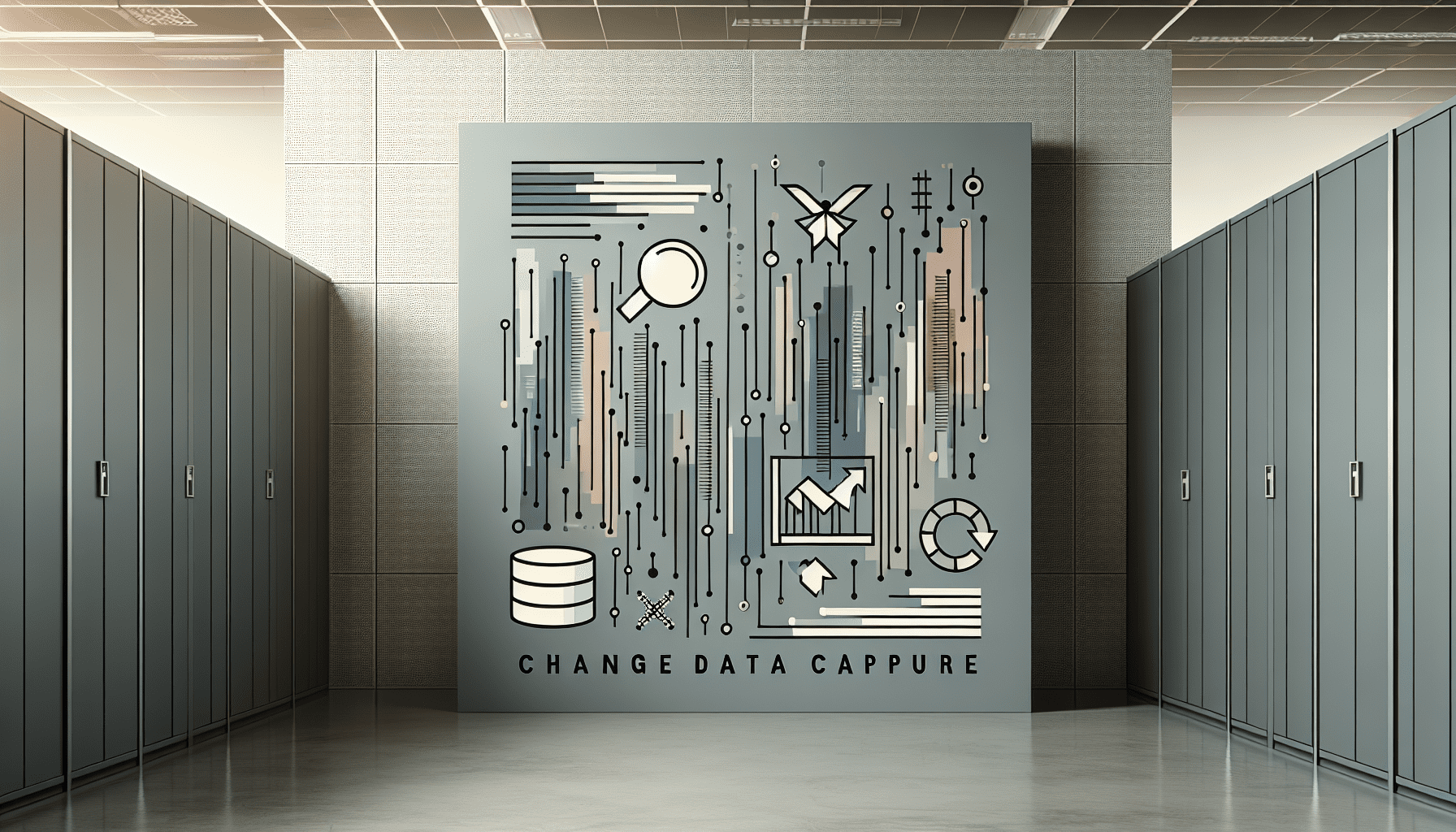Understanding Change Data Capture (CDC) in Data Analysis

Change Data Capture Briefly Summarized
- CDC is a technique used to identify and track changes in data within a database.
- It enables the capture of insertions, updates, and deletions, providing a record of data alterations over time.
- CDC is crucial for real-time data integration and maintaining the accuracy of data warehouses.
- It facilitates efficient data replication and synchronization between databases and systems.
- By leveraging CDC, organizations can make data-driven decisions with the most current information.
Change Data Capture (CDC) is an essential concept in the realm of data analysis and management. It refers to the process of detecting and capturing changes made to the data in a database, and then acting upon these changes. This process ensures that data in different systems or locations remains consistent and up-to-date. In this article, we will delve into the intricacies of CDC, its importance, methodologies, and best practices.
Introduction to Change Data Capture (CDC)
In the modern data-driven business environment, having access to timely and accurate data is paramount. Organizations rely on various systems and databases that continuously generate and modify data. Keeping this data synchronized across different platforms is a significant challenge. This is where Change Data Capture comes into play.
CDC is not just a tool or a technology; it's a methodology that can be implemented in various ways depending on the requirements of the business and the capabilities of the underlying database systems. It is particularly relevant in data warehousing, where preserving the state of data over time is crucial, but its applications extend to any scenario where data needs to be kept in sync.
How Does Change Data Capture Work?
At its core, CDC operates by monitoring the log files of a database where all transactions are recorded. These logs provide a complete history of all the changes that have occurred in the data. CDC systems read these logs and identify the changes, which can then be used for various purposes, such as updating data warehouses, triggering business processes, or synchronizing databases.
CDC can be implemented in real-time or near-real-time, depending on the requirements of the system. Real-time CDC is crucial for applications that require immediate data consistency, such as fraud detection systems or high-frequency trading platforms.
Benefits of Change Data Capture
The implementation of CDC within an organization's data management strategy offers several benefits:
- Minimized Impact on Source Systems: CDC reduces the need for bulk data loads, which can be resource-intensive and disruptive to operational systems.
- Real-Time Data Availability: It enables the continuous flow of data changes, allowing for more timely insights and decision-making.
- Historical Data Tracking: CDC helps maintain a history of data changes, which is valuable for audit purposes and understanding data evolution.
- Efficient Data Integration: By capturing only the changes, CDC makes the process of integrating data across systems more efficient and less prone to errors.
CDC Methodologies and Best Practices
There are various methodologies for implementing CDC, each with its own set of considerations:
- Trigger-Based CDC: Utilizes database triggers to capture changes. While straightforward, it can add overhead to the database operations.
- Log-Based CDC: Reads transaction logs to identify changes. This method is less intrusive but requires access to the database's internal log structure.
- Snapshot-Based CDC: Compares snapshots of data at different points in time. This method can be simpler but may not be suitable for high-velocity data changes.
Best practices for CDC include:
- Scalability: Ensure that the CDC solution can handle the volume of data changes and scale with the growth of the organization.
- Data Quality: Implement data validation and error handling within the CDC process to maintain high data quality.
- Security: Protect sensitive data during the capture and transfer processes with encryption and access controls.
- Monitoring: Continuously monitor the CDC system for performance and accuracy to quickly identify and resolve any issues.
Conclusion

Change Data Capture is a powerful methodology that plays a critical role in modern data management and analysis. By providing a mechanism to capture and utilize data changes efficiently, CDC enables organizations to maintain up-to-date and accurate data across their systems. As data continues to grow in volume and importance, the adoption of CDC will likely become even more widespread.
FAQs on Change Data Capture
Q: What types of databases support CDC? A: Most modern relational databases support CDC, either natively or through third-party tools. This includes databases like SQL Server, Oracle, MySQL, and PostgreSQL.
Q: Is CDC suitable for all types of data changes? A: CDC is designed to capture all types of data changes, including insertions, updates, and deletions. However, the specific capabilities may vary based on the implementation method used.
Q: Can CDC impact database performance? A: If not implemented correctly, CDC can add overhead to database operations. It's essential to choose the right CDC methodology and optimize it for minimal performance impact.
Q: How does CDC handle data conflicts or errors? A: CDC systems should include mechanisms for conflict resolution and error handling. This may involve retry logic, manual intervention, or automated rules to resolve discrepancies.
Q: Is real-time CDC necessary for all applications? A: Not all applications require real-time CDC. The need for real-time or near-real-time data synchronization depends on the business requirements and the criticality of having the most current data available.
Sources
- Change data capture
- Change data capture - Wikipedia
- What is Change Data Capture (CDC)? Definition, Best Practices - Qlik
- What is change data capture (CDC)? - SQL Server - Microsoft Learn
- Change Data Capture (CDC): what is it and why it's important? : r/SQL
- Change Data Capture (CDC): What it is and How it Works - Striim
- Change data capture ELI5 : r/SQL - Reddit
- How Change Data Capture (CDC) Works - Confluent
- Change data capture: Definition, benefits, and how to use it - Fivetran
- What is Change Data Capture (CDC)? Benefits & Process - Rivery